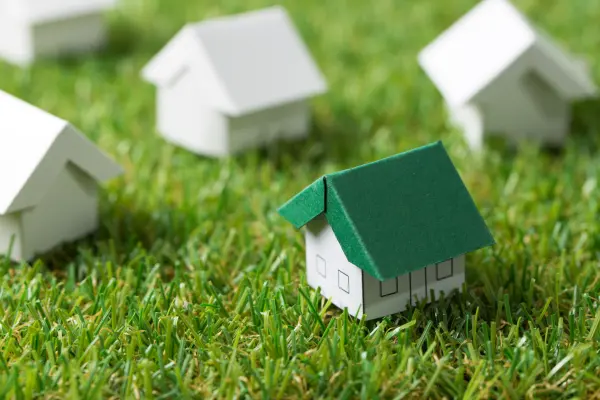Sustainable construction is becoming essential as more individuals and businesses focus on reducing environmental impact and creating greener spaces. The choice of building materials plays a critical role in sustainable construction, as eco-friendly options can significantly reduce energy use, waste, and harmful emissions. Here’s a look at some of the top eco-friendly building materials that are transforming construction.
1. Bamboo
Bamboo is one of the most sustainable building materials due to its rapid growth rate—it can be harvested in as little as 3-5 years, unlike traditional hardwood trees which can take decades. Not only is bamboo strong and flexible, but it also has a high capacity for carbon sequestration, making it ideal for eco-friendly construction projects.
Key Benefits of Bamboo:
- Rapid renewability
- High tensile strength
- Minimal carbon footprint
2. Recycled Steel
Using recycled steel for structural support reduces the need for mining new iron ore and reduces waste. Recycled steel is just as durable and strong as new steel, making it perfect for long-lasting construction. Steel recycling also uses significantly less energy compared to producing new steel, which contributes to its eco-friendly reputation.
Key Benefits of Recycled Steel:
- Reduced energy consumption
- High durability
- Reusable and recyclable
3. Straw Bales
Straw bales are a natural and affordable insulation material with excellent thermal resistance. They’re biodegradable, renewable, and offer a great alternative for insulation in eco-friendly buildings. Straw bales help maintain indoor temperatures, reducing the need for artificial heating and cooling, which saves energy.
Key Benefits of Straw Bales:
- Natural insulation properties
- Low environmental impact
- Affordable and renewable
4. Rammed Earth
Rammed earth is an ancient building technique that’s making a comeback for sustainable construction. It involves compressing a mixture of earth, sand, and clay into sturdy walls. The result is a highly durable, energy-efficient material that requires little maintenance and offers natural insulation properties.
Key Benefits of Rammed Earth:
- High thermal mass for temperature control
- Long-lasting and low maintenance
- Minimal carbon footprint
5. Recycled Wood and Composites
Using recycled wood or composite wood reduces the demand for freshly cut timber and diverts wood waste from landfills. Recycled wood products are just as versatile and attractive as new wood, making them ideal for flooring, cabinetry, and other applications.
Key Benefits of Recycled Wood:
- Reduces deforestation
- Diverts waste from landfills
- Versatile and aesthetic
6. Hempcrete
Hempcrete is a bio-composite made from the inner woody fibers of the hemp plant mixed with a lime-based binder. It’s lightweight, non-toxic, and offers great insulation. Hempcrete also absorbs carbon dioxide during its curing process, making it an excellent eco-friendly building material.
Key Benefits of Hempcrete:
- Carbon-negative material
- Highly insulating and fire-resistant
- Biodegradable and renewable
7. Low-VOC Paints and Finishes
Traditional paints and finishes release volatile organic compounds (VOCs) that can contribute to indoor air pollution. Low-VOC paints minimize these emissions, making them healthier for both builders and occupants. They help improve indoor air quality and reduce exposure to harmful chemicals.
Key Benefits of Low-VOC Paints:
- Healthier indoor environment
- Lower emissions and pollution
- Wide variety of color and finish options
Eco-friendly building materials like bamboo, recycled steel, and hempcrete are leading the way in sustainable construction, offering durability, energy efficiency, and reduced environmental impact. By choosing these materials, builders and homeowners can create structures that are not only high-quality but also beneficial to the planet. As the demand for sustainable construction grows, these eco-friendly materials are paving the way for a greener future in building and design.




